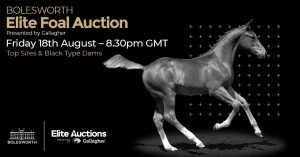Off the lead rein? This next stage is so important.
You need a pony who is rock solid and has experience under his belt…. millage on the clock.
A landmark Study asked children ‘Would you rather play simply for fun, or would you prefer to win?’…. 95% said FUN
So your child has outgrown her first pony, and possibly a second, and has been riding off the lead rein, independently and happily and has shown no signs of reluctance to play with the pony nor to ride it, then he or she may be ready to take the next step.
1. Ask about his background, he is likely to have had two or even three owners, can his history be traced?
2. You need your child to practice, practice and practice more, so don’t be swayed by looks or tempted into buying a young pony “with Potential” at this stage.
3. This next pony will be giving your child the confidence to ride independently, start jumping small jumps, do gymkanas or perhaps even go to Pony Club Camp or at least pony club training sessions and perhaps even progress to grassroots competitions.
4. Most of all though this pony is to have as much fun on as it is possible to fit in!
5. Look for a pony who fits well, try not to be tempted to look at this next purchase as “something your child can grow into” remember confidence comes from feeling safe and being adventurous comes from …feeling safe.
So pick experience, temperament and size as your priorities with pony Number two.
There are a few school-masters advertised on Horse Scouts Ponies for Sale pages, which do sound like wonderful ponies., but as a second pony perhaps
Morwyn Bronze Calypso – Burnham on Crouch, Essex for £2,850 does stands out. His advertisement say he is a fun, safe, well bred registered Welsh Sec B Gelding with so much potential. He would ideally suit a second competition pony, but is also a confidence giver and would be safe for novice. He is jumping comfortably (and winning) at 2.6 but can clear 3.6 at “chase me charlie”. He has never been lame or sorry, no laminitis or sweet itch. Teeth and vaccinations are up to date. I have owned this pony for 7years and had him professionally backed 4 years ago and he has been in constant work ever since. He has sadly been outgrown and needs to find a new rider. Calypso will sell with his entire wardrobe.
Please note that by recommending a purchaser look at advertisements on the Horse Scout site Horse Scout nor its agents can be held liable or responsible for the suitability or not of any pony registered on its for sale pages.





